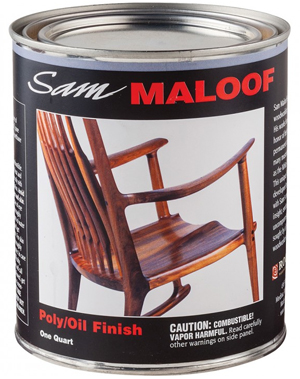
Help! I have a 20-year-old tung oil chest of drawers and the finish has become super tacky. Can’t get it off with mineral spirits, or turpentine, or lacquer thinner. The tung oil was commercial (Sutherland Welles) and I did both the seal coat and final coats, with full drying in between. How to I fix the tackiness? – Vic Waluch
Tim Inman: Twenty years ago, tung oil was being sold as the solution to all finishing problems and the ultimate product. It was almost a religious experience. Marketing and marketers being what they are, it became a fad sensation. Now we’re dealing with the aftermath. Tung oil is, like linseed oil, just a drying oil. It has a natural ability — often with processed chemical enhancements — to use oxygen from the air and “set up” or harden as a surface finish. It can change itself from a liquid to a solid when exposed to air. This is often referred to as cross linking. It is a great thing, but unfortunately with these drying oils the cross linking reaction never really stops. It just slows down. So, the oils will change quickly from a liquid to a solid, virtually overnight. Then they slow down. After a few decades, the continued reaction changes the oil from solid, slick, beautiful to gummy, sticky, yucky. It is just the nature of the beast. There are ways to use these oils and achieve fantastic results. Overuse of them– applying them in much too many layers, thick layers, trying to make a thin oil look like a thick varnished surface — all these and more cause ultimate failure and heartache. Sorry to say, that’s where I think you are on your chest. My best advice is to use a good solvent paint remover, and take off the sticky top surfaces. Then reapply a new finish. If you like the oil look, I highly recommend the Sam Maloof mixture of oil and varnish.





